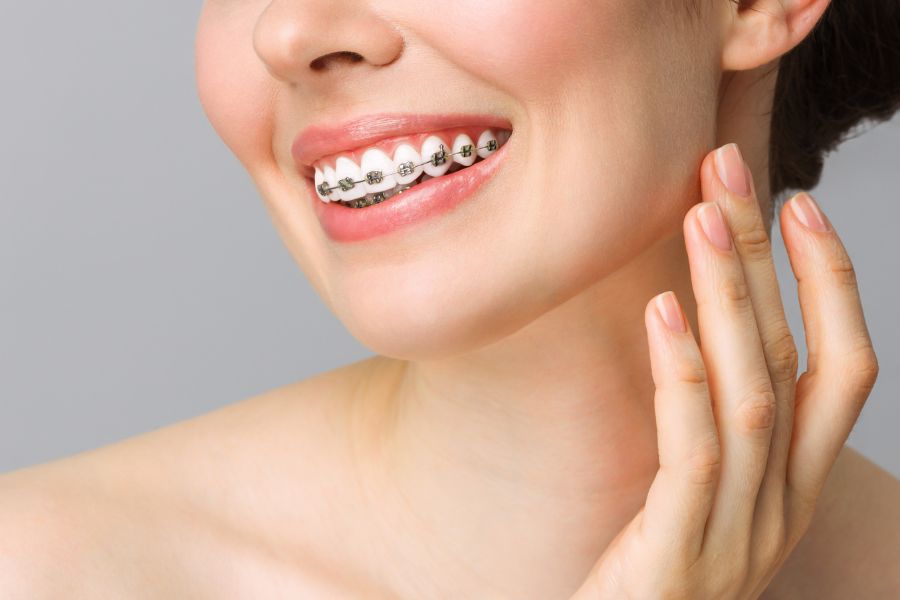Orthodontics, the dental specialty focused on correcting teeth and jaw misalignment, is often surrounded by a mix of myths and misconceptions. It’s time we clear the air and unveil the real facts about this transformative field.
Fact: While it’s true that many orthodontic patients are adolescents, people of any age can benefit from orthodontic treatment. Adults, too, can undergo orthodontic treatment to rectify their dental issues. According to the American Association of Orthodontists, one in five orthodontic patients is over 18.
Fact: The idea that braces are always painful is a common myth. While there may be some discomfort when braces are first applied or adjusted, modern techniques and materials have made the experience of wearing braces much more comfortable than in the past. To learn more about what to expect, check out this guide by the American Dental Association.
Fact: The length of orthodontic treatment depends on the severity of the issue, the method of treatment, and the patient’s adherence to the orthodontist’s instructions. While some complex cases may take a few years, many problems can be resolved in much less time.
Fact: While all orthodontists are dentists, not all dentists are orthodontists. Orthodontists undergo an additional 2-3 years of specialized training beyond dental school to learn the proper way to align and straighten teeth.

